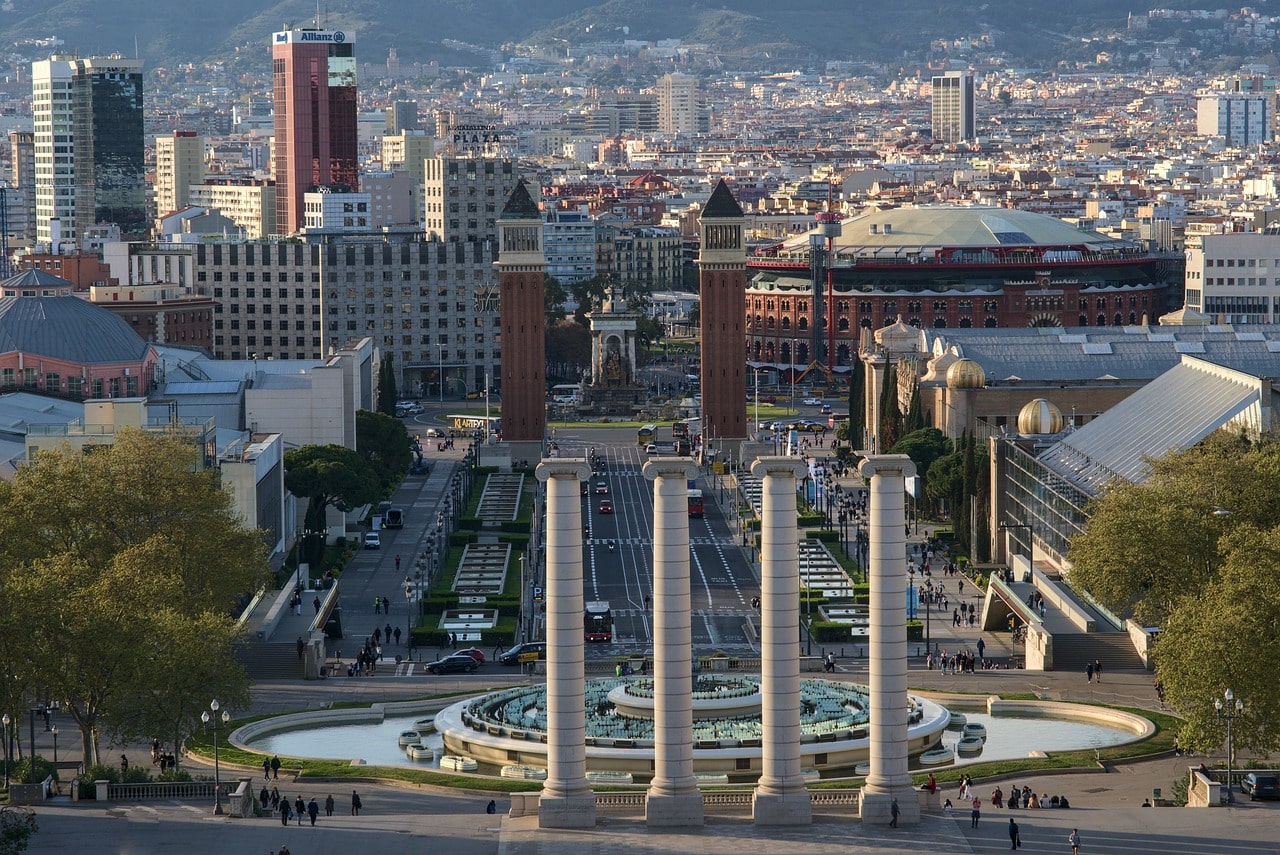What role do urban parks play in improving mental health in densely populated cities?

As the world gets more urbanized, the need for accessible green spaces in cities has never been more critical. Urban parks are often seen as the lungs of a city, providing fresh air, a place for physical activity, and a refuge from the concrete jungle. But beyond their environmental and aesthetic benefits, parks also play a significant role in promoting the public health of city residents. Today, we delve into how urban green spaces impact mental health and provide a respite for people living in densely populated areas.
The Bond Between Green Spaces and Mental Health
Just imagine strolling through a vibrant park, with the cool breeze rustling through the leaves and the sweet songs of birds filling the air. Doesn’t it bring a sense of calm? Green spaces are not just visually pleasing but also play a critical role in enhancing mental health.
Topic to read : Your guide to finding a real estate agent in Terrebonne
Several studies on Google Scholar have demonstrated a strong correlation between the availability of green spaces and improved mental well-being. Exposure to nature has been linked to lower levels of stress, anxiety, and depression. Green spaces offer a sanctuary from the hustle of city life, a place where people can unwind, take a breather, and recharge their minds.
A study in Hong Kong, one of the world’s most densely populated cities, found a significant reduction in levels of stress and increased happiness among residents who regularly visited urban parks. It’s clear that being amidst nature, even in small urban parks, can have a profound effect on our mental health.
Also to discover : Are there ethical concerns surrounding the use of AI in criminal justice systems?
Green Spaces Encouraging Physical Activity and Social Interaction
Apart from providing a tranquil setting, urban parks also catalyze the crucial components of health – physical activity and social interaction. The open spaces, walking trails, and recreational facilities encourage residents to step out and engage in various forms of physical activity. Regular exercise is known to release endorphins, which act as natural mood boosters, helping to combat mental health issues like depression and anxiety.
Furthermore, parks act as social hubs where community members can interact, fostering a sense of belonging and social cohesion. Whether it’s mothers chatting on park benches, children playing together, or seniors partaking in group exercises, these social interactions can significantly improve one’s mood and contribute to overall mental well-being.
Urban Parks Enhancing Air Quality and Social Cohesion
If you live in a city, you know how precious fresh air can be. Urban parks act as city lungs, improving air quality by absorbing pollutants and releasing oxygen. Breathing clean air not only boosts physical health but also promotes mental clarity and reduces stress levels.
More importantly, parks are often seen as neutral grounds that promote social cohesion. They are public spaces where people from diverse socio-economic backgrounds can interact, breaking down social barriers. This sense of community can help reduce feelings of isolation and loneliness, further boosting mental health.
Green Infrastructure: A Solution for Urban Mental Health Challenges
As cities continue to expand and densify, prioritizing green infrastructure in urban planning is essential. The inclusion of green spaces like parks and recreation areas can serve as a buffer against the mental health challenges associated with urban living.
Moreover, a well-maintained urban park can inspire a community to get involved in park upkeep and local events, fostering a sense of ownership and unity. This active engagement with the local environment can further enhance residents’ mental well-being.
In conclusion, urban parks play a pivotal role in enhancing mental health in densely populated cities. They provide an oasis of tranquility amidst the urban chaos, encouraging physical activity, enhancing social interaction, improving air quality, and promoting social cohesion. They are a testament to the healing power of nature, even in small doses, and underline the need for integrating green spaces into urban planning. As residents and city planners, let’s cherish these green lungs and work towards making our cities healthier spaces to live.
